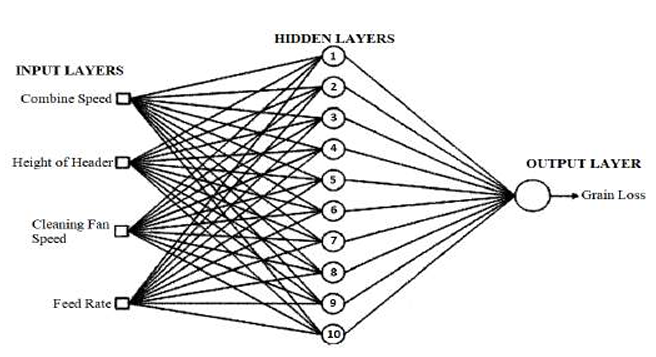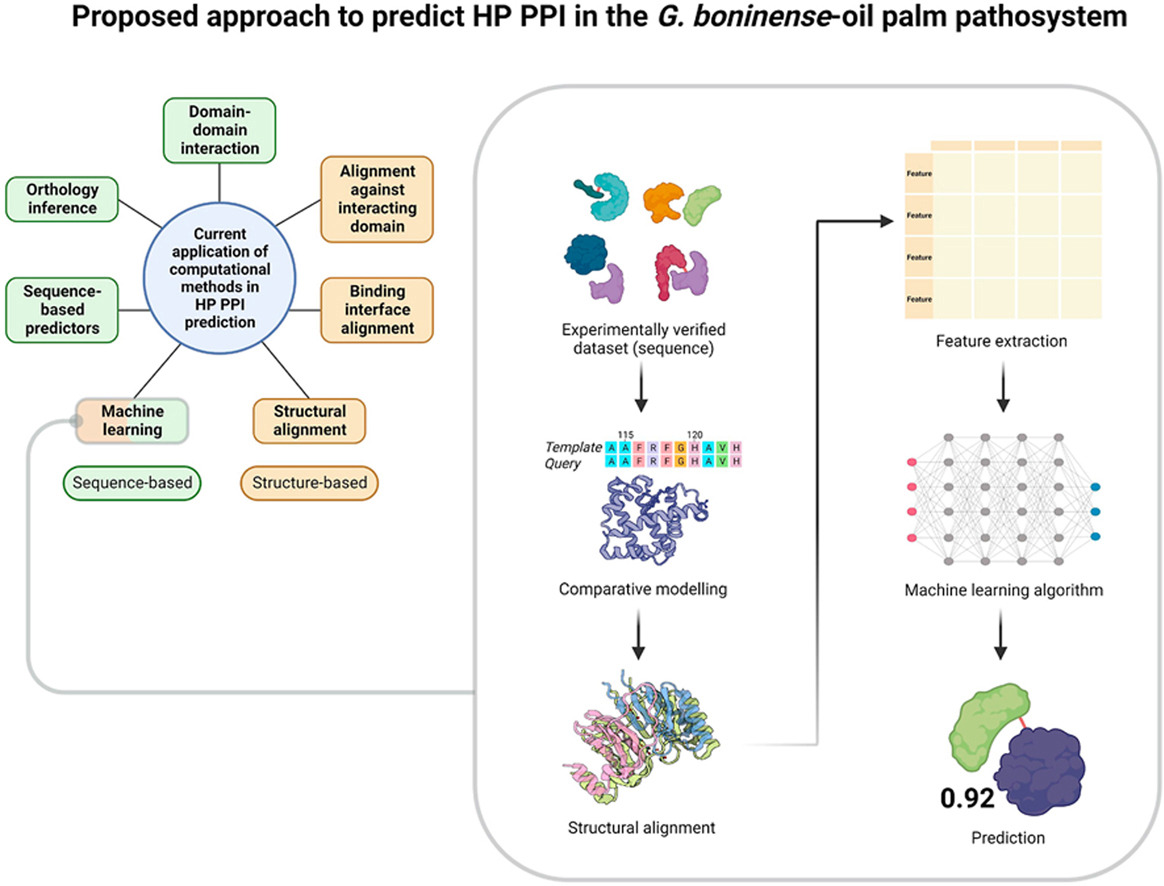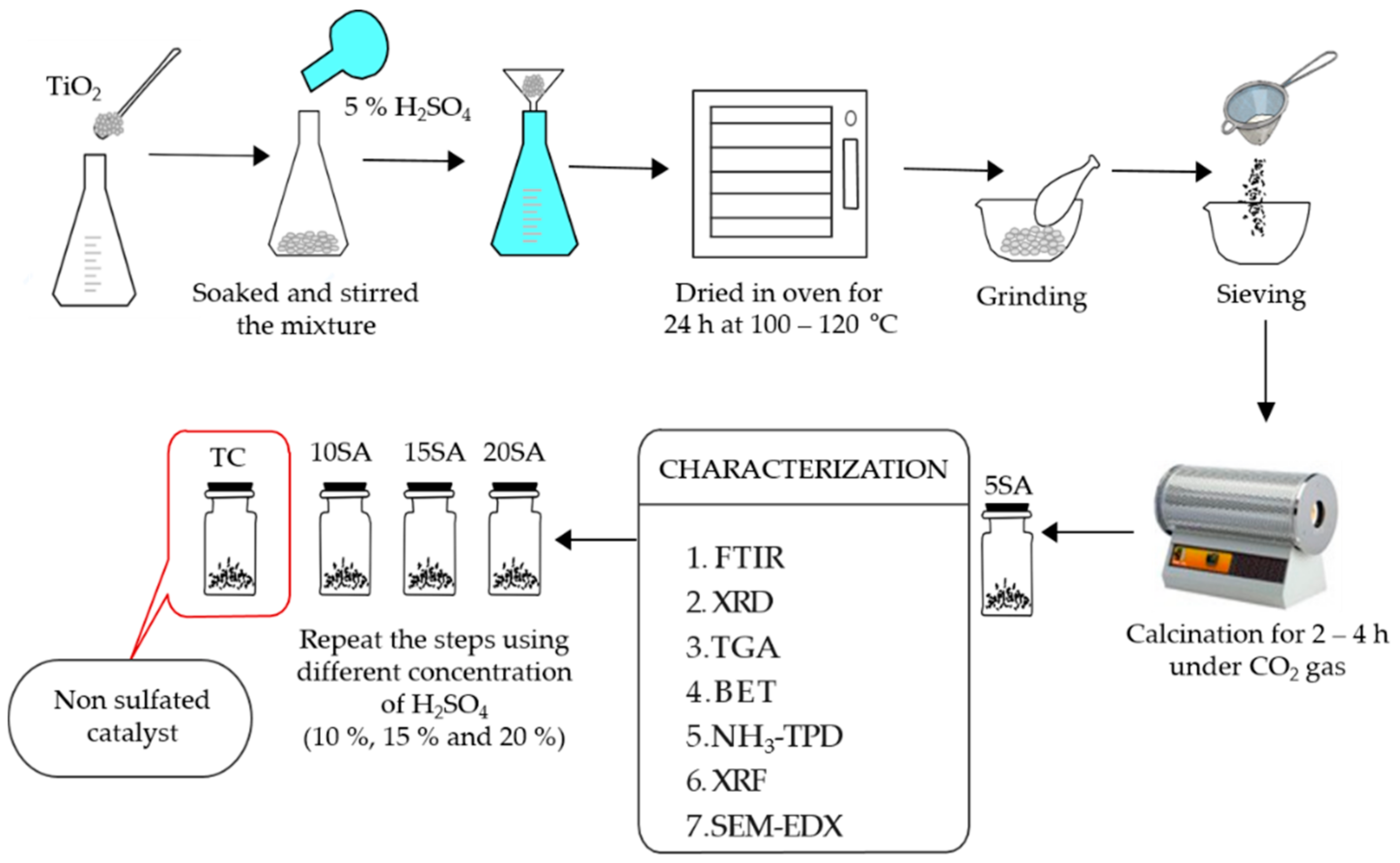Basal stem rot (BSR) caused by Ganoderma boninense (G. boninense) fungus is one of the most destructive diseases within oil palm plantations in Southeast Asia that result in losses of up to USD500 million annually. Breeding programmes to develop planting materials resistant to G. boninense involve a manual census to monitor the progress of the disease development associated with various treatments. It is prone to error due to a lack of experience and subjective human judgements. This current research is aimed to detect early G. boninense infections using visible-near-infrared (VIS-NIR) hyperspectral images where there are no BSR symptoms present. A total of 28 samples of oil palm seedlings at 5 months old were used whereby 15 of them were inoculated with the G. boninense pathogen. Five months later, spectral reflectance oil palm leaflets taken from fronds 1 (F1) and 2 (F2) were obtained from the top view of VIS-NIR hyperspectral images. The significant bands were identified based on the high separation between uninoculated (H) and inoculated (U) seedlings. The results indicated that the differences were evidently seen in the NIR spectrum. It was also demonstrated that there was no requirement to separate F1 and F2 during the data pre-processing stage since the use of both fronds together produced acceptable classification accuracy. Various significant bands were later used as datasets for the development of detection models using various types of machine learning classifiers. Results have shown many bands achieved a high level of classification accuracy of up to 100%, while a small number of bands achieved a slightly lower level of classification accuracy. In view of the economical aspect of hardware development, a linear support vector machine (SVM) which was developed using a single-band reflectance at 934 nm was identified as the best model for detection since it was not only economical, but also demonstrated a high score of accuracy (94.8%), sensitivity (97.6%), specificity (92.5%), and an area under the receiver operating characteristic curve (AUC) (0.95). The findings of these studies have the potential to significantly benefit the oil palm industry by successfully detecting asymptomatic G. boninense infection at an early stage, allowing for prevention of disease spread.

Figure 1: Progress work on the early detection of G.boninense infection in oil palm seedlings using hyperspectral data and machine learning techniques
Azmi, A.N.N., Khairunniza-Bejo, S., Jahari, M., Yule, I. (2023). Early Detection of Plant Disease Infection Using Hyperspectral Data and Machine Learning. In: Ahamed, T. (eds) IoT and AI in Agriculture. Springer, Singapore.
Tarikh Input: 31/10/2023 | Kemaskini: 04/04/2024 | ainzubaidah
PERKONGSIAN MEDIA



























